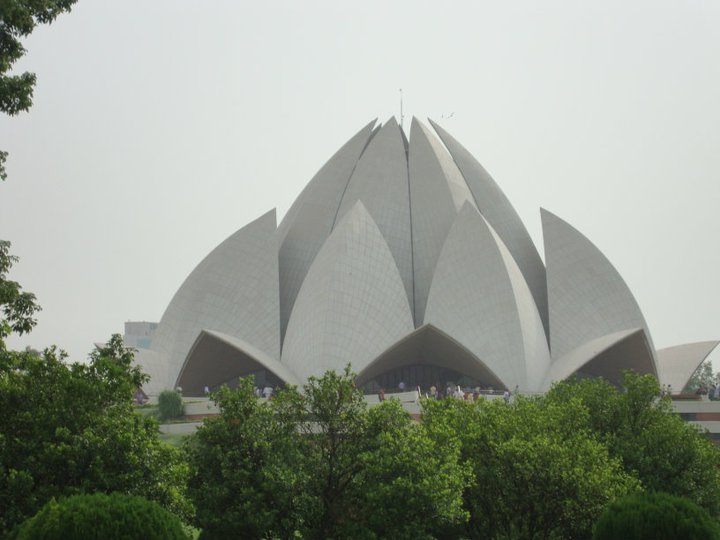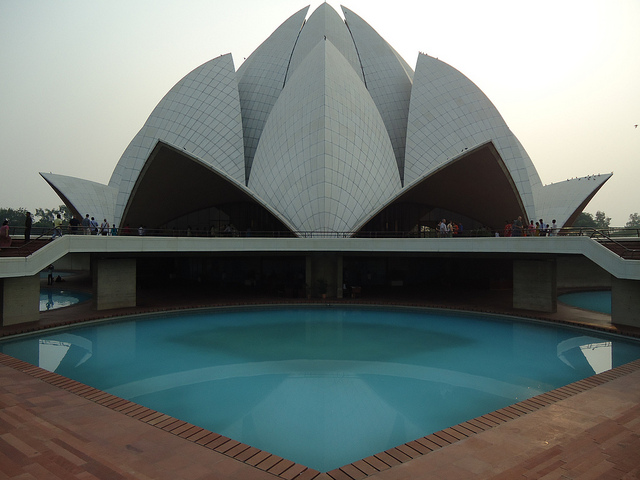Promenade
The 1.5 km long promenade running along the beach is the pride of Pondicherry. On the sea front are several landmarks: the statues of Mahatma Gandhi, Jeanne d'Arc and Dupleix, the elegant war memorial raised by the French, the heritage building Mairie, the 27 metre tall old lighthouse, the circular shaped two storied structures on either side of Gandhi maidan.


